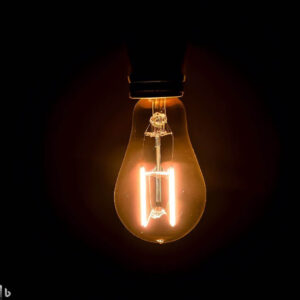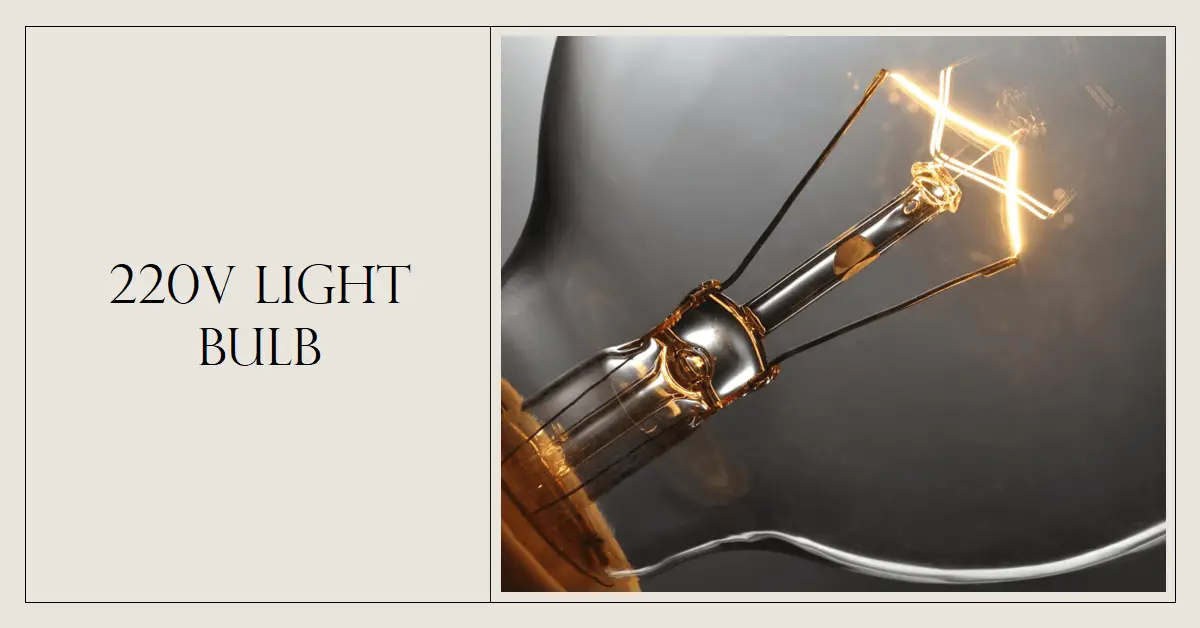When it comes to light bulbs, most of us only consider factors like wattage and brightness. However, the voltage of your electrical system plays a crucial role in determining the right light bulbs for your home.
In the USA, the standard voltage for household electrical systems is 110V. In contrast, many other countries, including several in Europe, use a higher standard voltage of 220V.
110V light bulbs are designed for use in the USA, while 220V light bulbs are commonly used in many other countries. The main difference between 110V and 220V light bulbs lies in their voltage requirements.
Understanding the differences between these two voltage standards is essential, as it directly impacts the performance and safety of your light bulbs.
Understanding Voltage
Voltage is the measure of the electrical potential difference between two points in an electrical circuit. It is what drives the flow of electricity and powers our appliances and lighting fixtures. Voltage is usually expressed in volts (V).
Electrical Standards in the USA
In the United States, the standard household voltage is 110V. This voltage has been the norm for many years and is considered safe and effective for powering various electrical devices in American homes. The 110V system is designed to provide a balance between energy efficiency and convenience.
Electrical Standards in Other Countries
Contrastingly, a significant number of countries worldwide, particularly in Europe and Asia, utilize a standard household voltage of 220V.
This higher voltage has its advantages, including reduced transmission losses over long distances and the ability to support higher power demands.
Differences Between 110V and 220V Light Bulbs
The primary difference between 110V and 220V light bulbs lies in their voltage requirements. A 110V light bulb is designed to operate optimally at 110 volts, whereas a 220V light bulb requires 220 volts. Using a light bulb with the wrong voltage can affect its brightness, performance, and even lifespan.
For instance, a 220V light bulb connected to a 110V electrical system will likely produce significantly less light than it is designed to.
On the other hand, installing a 110V light bulb in a 220V circuit can lead to the bulb burning out due to the excessive voltage.
Considerations When Traveling or Relocating
When traveling or relocating to a country with a different voltage standard, it’s crucial to consider the compatibility of your appliances and light bulbs.
Many modern electronic devices, such as laptops and smartphones, are designed to work with different voltages (universal voltage). However, traditional incandescent or halogen light bulbs may not be compatible.
Using voltage converters can help address the issue, but it’s essential to exercise caution and check the converter’s wattage and capacity to avoid damaging your appliances.
Safety Concerns
Using light bulbs with the wrong voltage can pose safety hazards. Overloading a lower voltage bulb with higher voltage can lead to overheating, fires, or even electrical shocks. Conversely, higher voltage bulbs in lower voltage circuits can also be a safety risk.
It’s advisable to consult a qualified electrician when dealing with electrical modifications or upgrades to ensure your home’s electrical system is safe and compliant.
Choosing the Right Light Bulbs

To choose the right light bulbs for your home, always check the voltage requirements specified on the packaging or the bulb itself.
Additionally, consider energy efficiency and the type of bulb (incandescent, LED, CFL) to make an informed decision that suits your needs and reduces your energy consumption.
Frequently Asked Questions
- Can I use a 220V light bulb in the USA? Using a 220V light bulb in the USA is not recommended, as it can lead to reduced brightness and premature bulb failure. Stick to 110V bulbs for the USA’s electrical system.
- Can I use a voltage converter for my light bulbs? Yes, voltage converters can be used for light bulbs, but make sure to choose the right converter with sufficient wattage capacity to handle the load.
Conclusion
Understanding the difference between 110V and 220V light bulbs is essential for selecting the right bulbs and ensuring safety in your home.
Always check voltage specifications and consult professionals when dealing with electrical modifications.
By making informed choices, you can enjoy the perfect lighting experience while maintaining safety and efficiency in your household.


